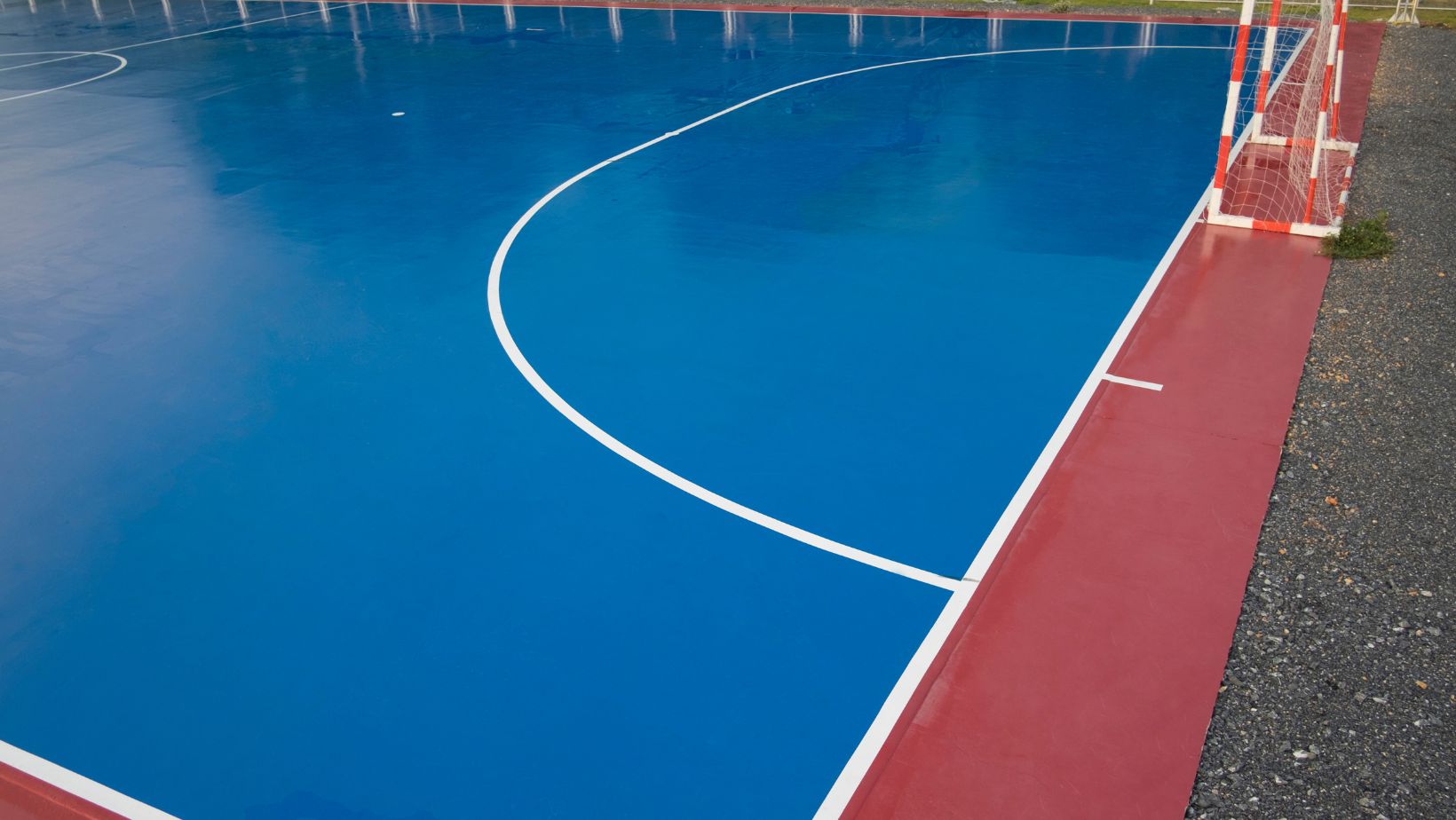A futsal court offers an exciting way to enjoy the popular sport of soccer indoors. Constructed with a hardwood floor that is specially engineered for a low-bounce ball, and often featuring cushioned walls, a futsal court provides superior grip and rebound control and simultaneously offers lots of fun.
Futsal is a great sport for all ages that can be enjoyed on an indoor court, which makes it accessible year-round. But what exactly do you need to know about these courts to play the game? From indoor futsal court – futsal court size and surface type to goal sizes and equipment, this guide is here to break down everything you need to know about futsal courts.
Court Size and Dimensions
The most important thing you need to know about a futsal court is its size and dimensions. The length of a standard futsal court should be between 38 and 42 meters (125-138 feet) long, while the width should be between 18 and 22 meters (59-72 feet) wide.
The penalty area should measure 6 meters long on each side of the goalposts, while the goal area should measure 3 meters long by 2 meters wide in front of each goalpost. All lines on the futsal court must be marked in white and at least 12 cm (5 inches) wide.
Futsal Court Surface Type
The ideal surface type for a futsal court is smooth, non-abrasive, low-pile carpet or rubber matting. This surface type provides players with excellent grip without being too slippery or abrasive on their shoes. If a carpeted or rubberized surface isn’t available, some other suitable surfaces include hardwood flooring as well as synthetic turf mats or tiles. However, these types of floors are typically more expensive than traditional carpeting or rubber matting.
Goal Setting on a Futsal Court
When it comes to goals, they must be placed at opposite ends of the court and measure 3 meters wide by 2 meters high (10 feet x 7 feet). Each goalpost must have a net attached to it that reaches from the top of the post down to the floor in order for shots on target to count toward scoring points during a match. The posts themselves must also be securely anchored into the ground in order for them not to move during gameplay.
Necessary Equipment For Playing Futsal on Court
In addition to goals, there are several pieces of equipment necessary for playing futsal including four corner flags; two kickboards; one ball; two captain’s armbands; four team bibs; three cones; two penalty spot markers; one whistle; one referee’s clipboard; and two-foot pumps with spare needles for inflating balls if needed during gameplay.
All this equipment can easily fit into two bags so that it can be transported conveniently when needed for matches or practices away from home courts.
Conclusion
Futsal courts provide an excellent arena for playing the sport due to their specific size and design requirements as well as their necessary equipment items such as goals and other accessories like flags, cones, kickboards etcetera.
With its fast pace and exciting ruleset, it’s no wonder why many people enjoy playing this game all around the world! Whether you’re looking for an indoor activity with friends or just want something new to try out at your local gymnasium – knowing all you need about futsal courts will help get you started quickly!
